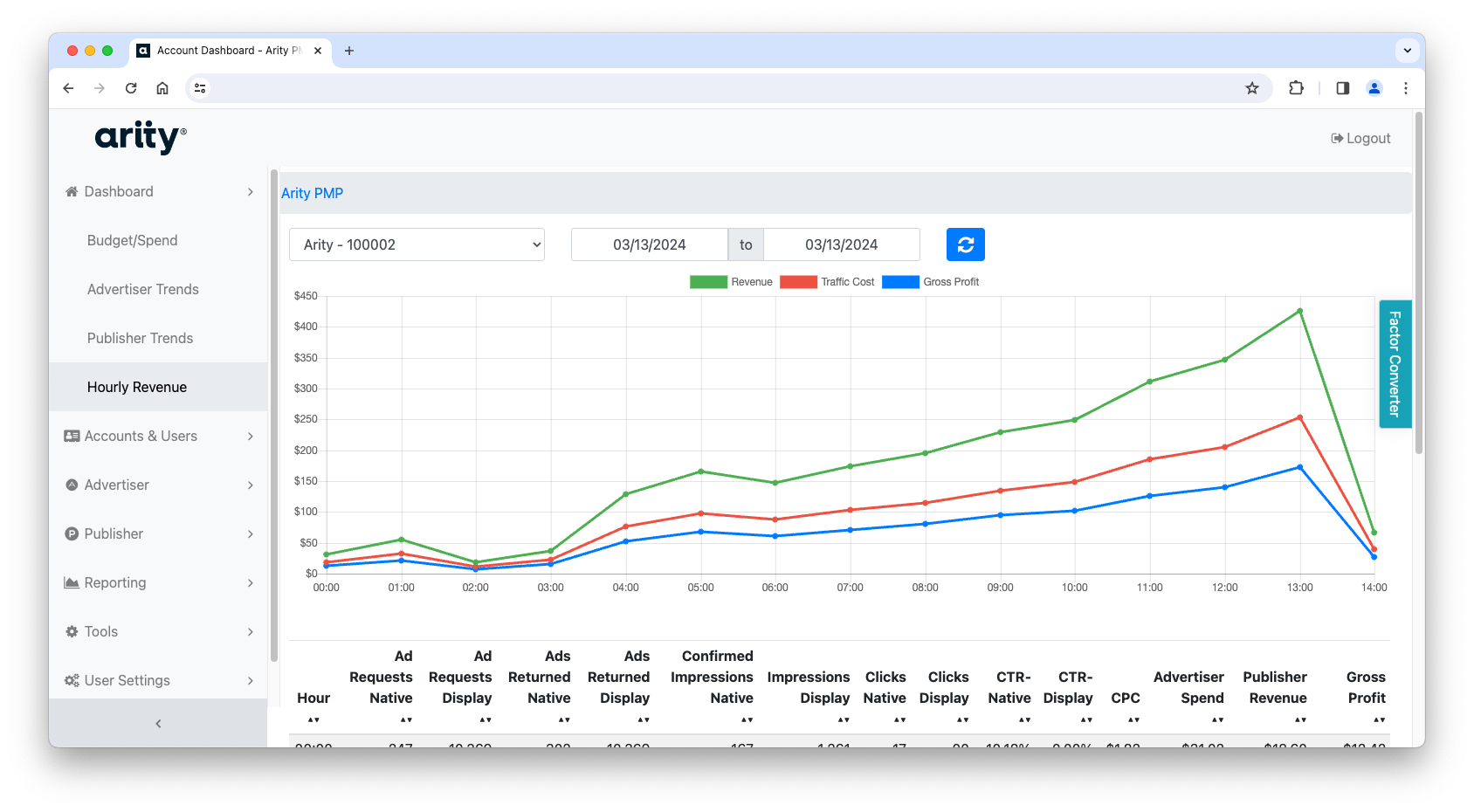Protecting drivers: Auto insurance and the future of mobility
It’s time to reinvent how we all approach risk on our roads. Here are three ways auto insurers can protect their customers.
Read article

Traffic takeaways: The Baltimore bridge collapse
How did the Francis Scott Key Bridge collapse impact Baltimore’s traffic patterns?
Read article


A continuing concern: Distracted driving has increased, again
Distracted driving has increased more than 30% over the past five years. What does this mean for risk on our roads?
Read article

Unpacking the news: Enhanced Arity Marketing Solutions
Four things to know about Arity’s expanded and enhanced suite of marketing solutions.
Read article
